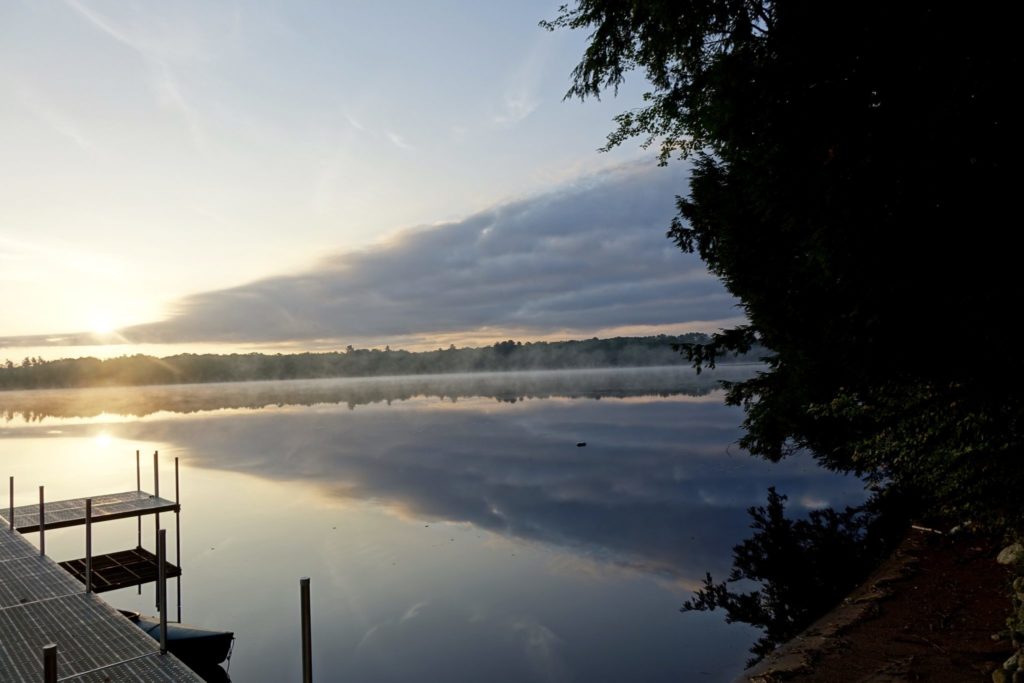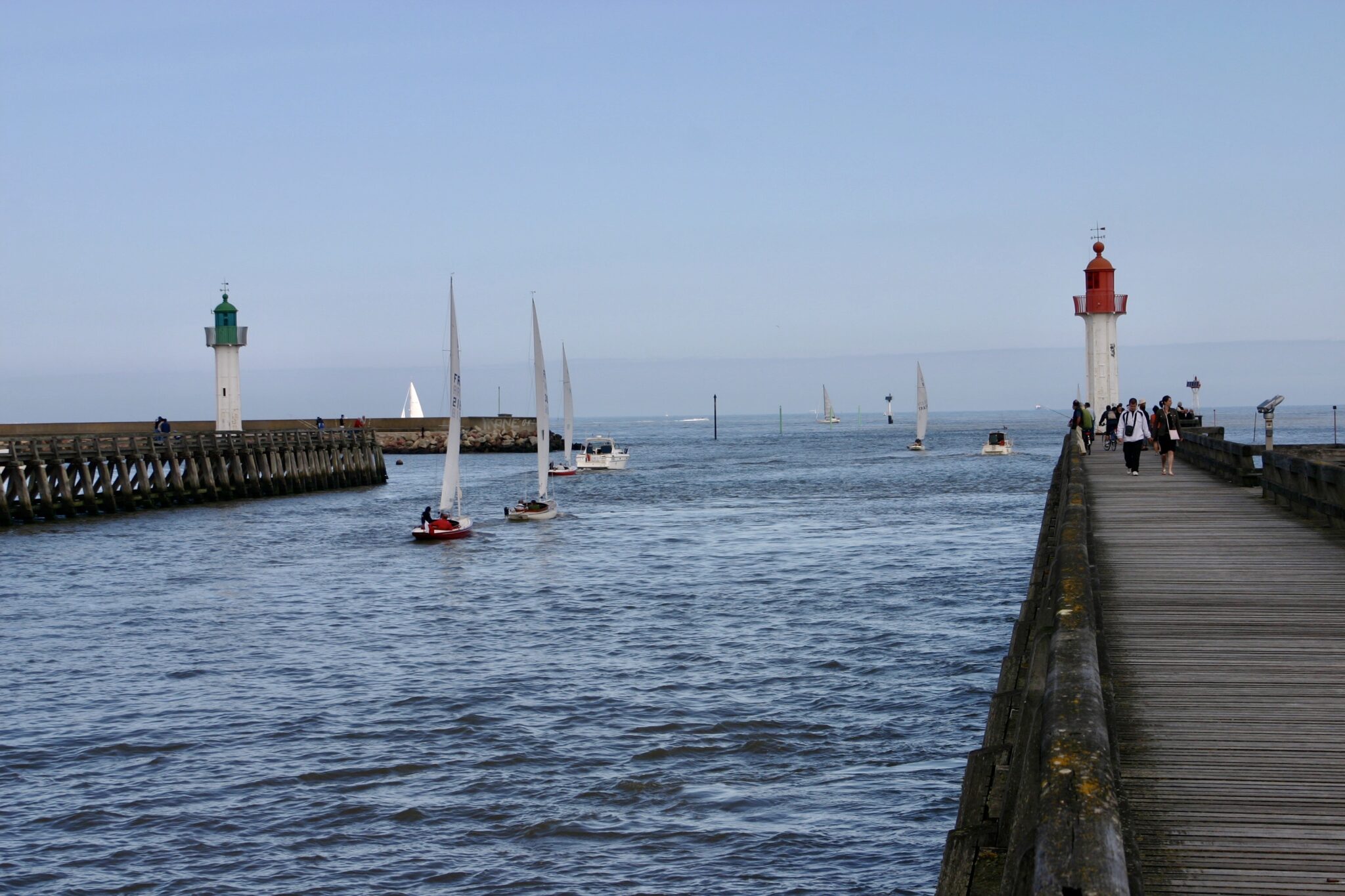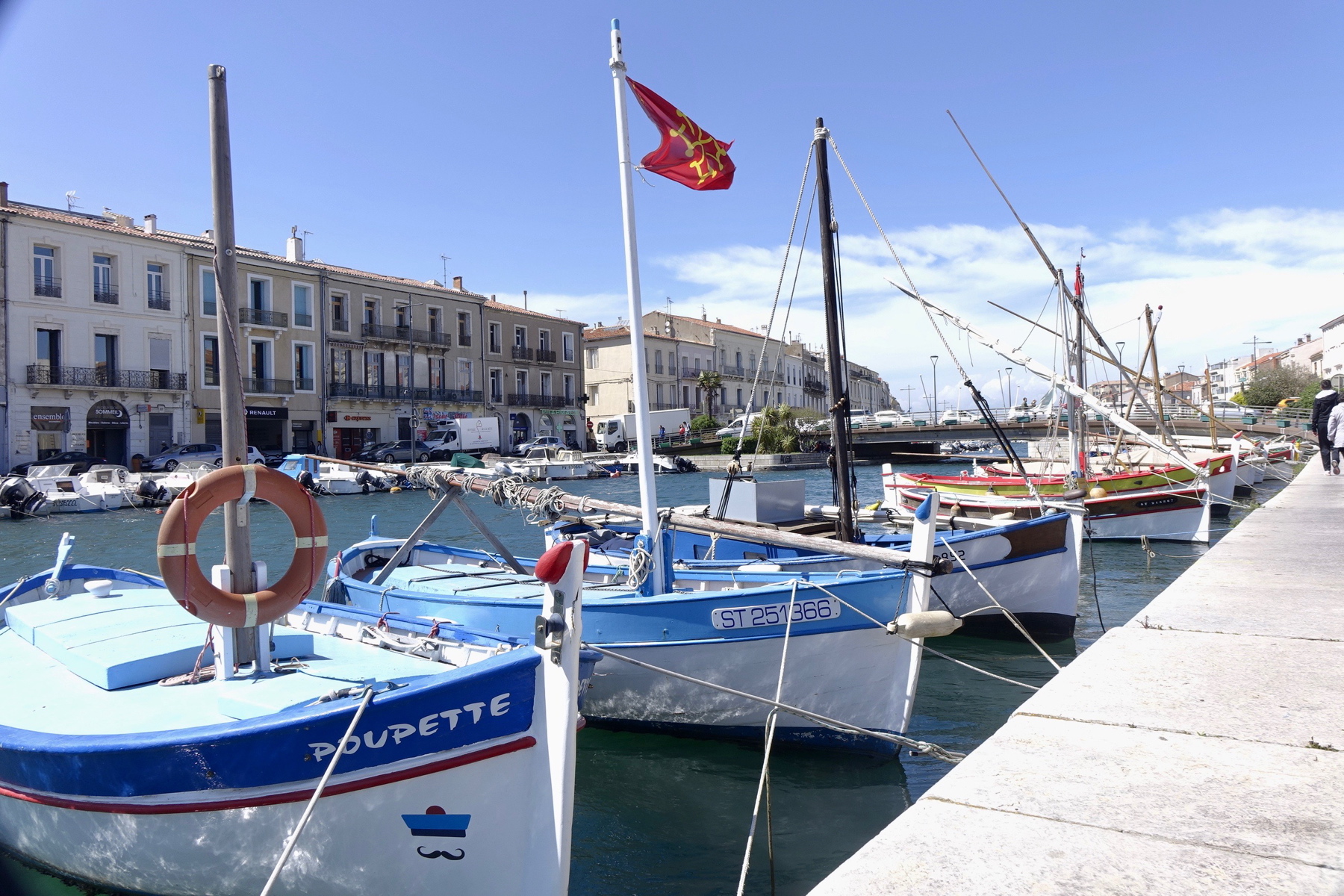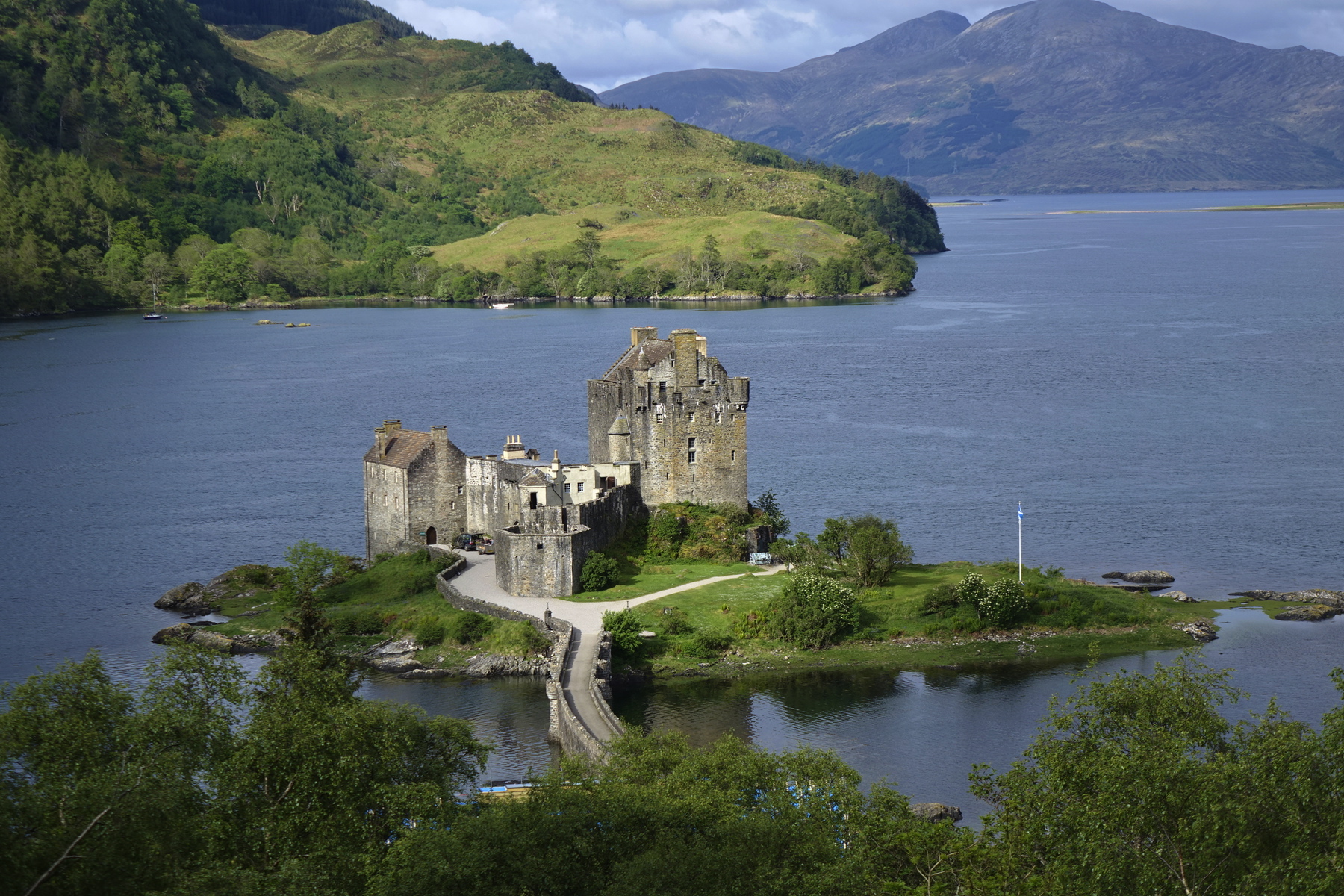 Birthdays and death anniversary dates give us a way to cherish those still with us and to honor the memories of those we love who are no longer here. On December 7, 1990, my beloved grandpa, Ralph McKinzie “Coach Mac” died at the age of 96. I was fortunate to have him as a guiding influence throughout the first 3 decades of my life. I was especially blessed since my grandfather and I survived miracles when we were 25-year-olds. In the winter of 1918 and 1983, at an interval of 75 years, we were nursed back to health by kind strangers in hospitals on foreign soil.
Birthdays and death anniversary dates give us a way to cherish those still with us and to honor the memories of those we love who are no longer here. On December 7, 1990, my beloved grandpa, Ralph McKinzie “Coach Mac” died at the age of 96. I was fortunate to have him as a guiding influence throughout the first 3 decades of my life. I was especially blessed since my grandfather and I survived miracles when we were 25-year-olds. In the winter of 1918 and 1983, at an interval of 75 years, we were nursed back to health by kind strangers in hospitals on foreign soil.
On the 100th anniversary of WWI, a war that caused millions of casualties, I reflect back in gratitude that my grandfather survived a one in a million shot. In a freak accident in Germany, a stray bullet from a drunk infantryman entered a window and hit my grandpa in the back. The shot was deflected off a rib, and instead of going through him it followed the path around his rib and exited within a quarter of an inch of his heart.
 My grandpa recovered and went on to contribute greatly to society. Though only one of his three sons survived, Coach Mac helped shape the lives of hundreds of men in a college coaching career spanning 7 decades. His son, my dad, went on to teach and coach and raise four children, one who went on to become a professional athlete.
My grandpa recovered and went on to contribute greatly to society. Though only one of his three sons survived, Coach Mac helped shape the lives of hundreds of men in a college coaching career spanning 7 decades. His son, my dad, went on to teach and coach and raise four children, one who went on to become a professional athlete.
At the peak of my career as a basketball player, I survived a car accident that should have killed me. When our vehicle traveling at 80 miles an hour, flipped off the French autoroute and landed in an icy river during a snowy February, what were the odds of survival? From my hospital window in Verdun, I gazed out at the famous battlegrounds and graveyards of WWI heroes and wondered would I ever walk again.
Even though I still suffer from pain and repercussions of the injuries sustained, I went on to marry a cher Frenchman, raise 2 children, teach, coach, write and lead a productive life.
I adhere to the hand-me-down lessons of life that my grandfather instilled in my father who then passed on to me and I later shared with my own son and daughter. Cherish family. Give back to the community. Set a good example. Do the right thing even when no one is looking. I think they call it integrity.
If my grandfather were still alive he would have been 110 today. Even though he no longer walks the earth, he lives on in the hearts and minds of the family he left behind.
On November 18, 1990, his first great grandson was born in Paris; three weeks later, Grandpa died. Four thousand miles away I mourned his passing, my family comforted me saying he hung on until Nicolas arrived safely, then he left a space for our newborn son. At the time I felt guilty, as if my son’s birth facilitated my grandfather’s death, but when I see the kind young man my son has become, I understand the divinity of the life cycle. Following in his great grandpa, grandfather, and mom’s footsteps, Nic became the fourth generation to dedicate his life to teaching and coaching our youth.
Time and again, when plagued by pain and seemingly incurable illness, I question my purpose. The Great War of 1914-1918 took over 16 million lives and destroyed millions of others; why did my grandpa survive and thrive? Worldwide a  person is killed every 25 seconds in a traffic related death. Why was my life spared in that horrific accident in 1983?
person is killed every 25 seconds in a traffic related death. Why was my life spared in that horrific accident in 1983?
Life seems like a crapshoot; each day another roll of the dice.
But one has to wonder, is our existence a coincidence? Or fate?
And miracles.















